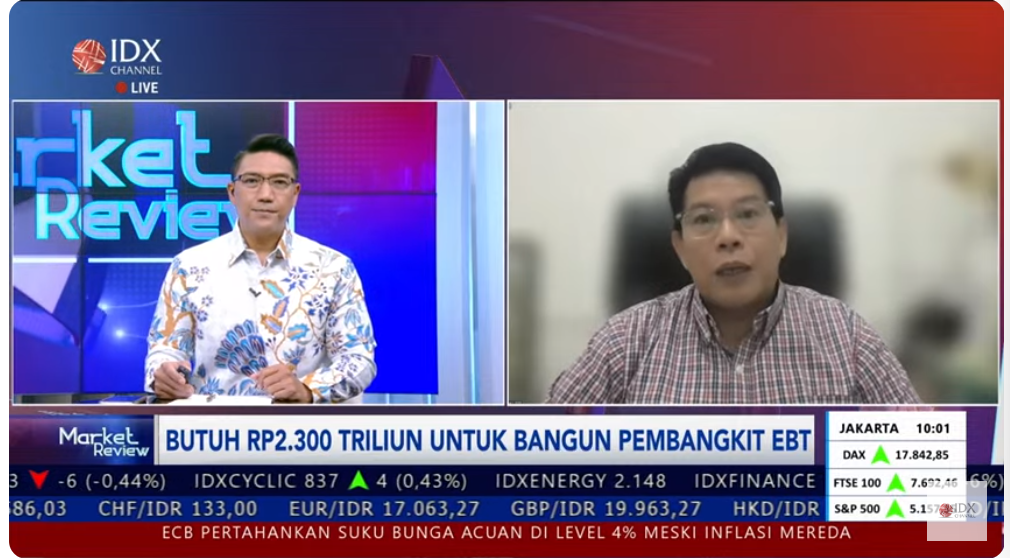Program Manager of Energy Transformation, Institute for Essential Services Reform (IESR), Deon Arinaldo said that the draft KEN RPP makes Indonesia only reach peak emissions in 2035. This is seven…

Jakarta, March 8th, 2024 - Indonesia's energy transition commitment officially began three years ago when the State Electricity Company (PLN) issued the 2021-2030 Electricity Supply Business Plan (RUPTL) which targets…
